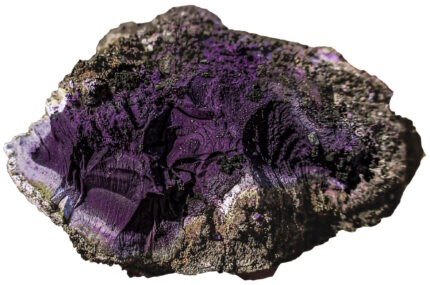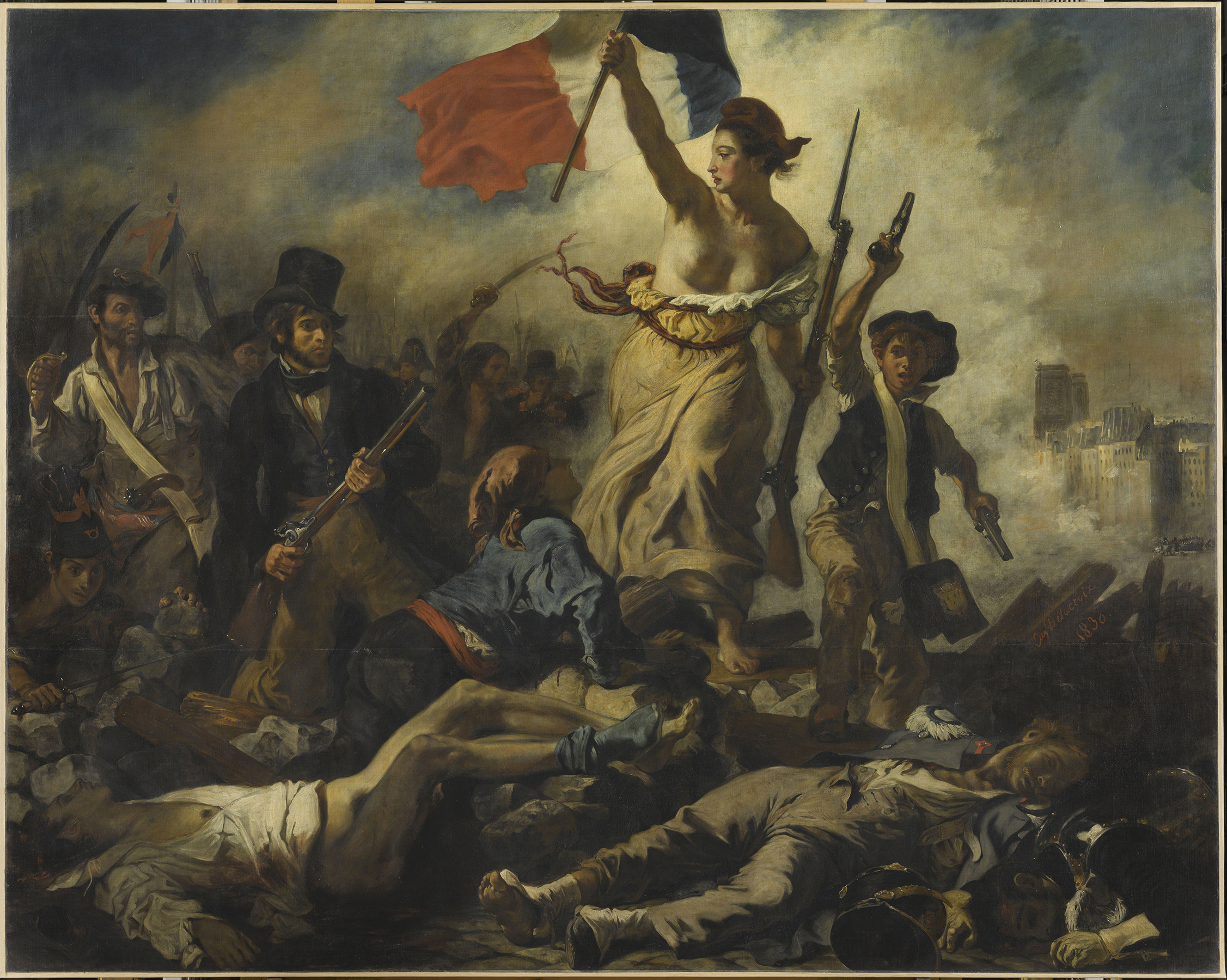An incredibly rare chunk of Tyrian purple dye, the first one of its kind ever discovered in northern Europe and maybe the whole Roman Empire, has been unearthed in the remains of the Roman bathhouse at the Carlisle Cricket Club. The soft purple lump about the size of a squashed golf ball was found in the drains of the 3rd century bathhouse last October. The unknown substance was tested by experts from Newcastle University who determined that it was an organic material containing Bromine and beeswax, indicating that it is vanishingly rare and prohibitively expensive pigment strongly associated with Rome’s imperial court.
Tyrian purple was derived from the mucus of the hypobranchial glands of the two species of Murex sea snails. Enormous quantities of snails were required to make the dye. About 12,000 of them needed to be collected and processed to produce less than two grams of pigment. The production was so time, labor and cost-intensive that the pigment was worth more than gold; as much as three times more, according to some ancient sources. Garments dyed with Tyrian purple were so expensive that they were the exclusive province of the wealthiest elites. In Rome, even going back to the days of the Republic sumptuary laws controlled who was allowed to wear purple clothes, and by the 4th century A.D., only the emperor was allowed to wear garments dyed with the precious pigment.
Solid samples of Tyrian purple have been found only in small bits in frescoes at Pompeii and some Egyptian sarcophagi, but these were just accidental areas of concentrated paint particles, not an unused chunk of the raw pigment. The Carlisle Tyrian purple lump may very well be unique, the only archaeological example found anywhere in the former Roman Empire.
Previous finds from the Carlisle Cricket Club excavations — an inscription dedicated to Julia Domna, wife of Septimius Severus and mother of Caracalla, tiles stamped with the IMP mark, giant statue heads, the sheer size of the bathhouse which is the largest building on Hadrian’s Wall– strongly suggest an imperial presence at the Roman cavalry fort of Uxelodunum. The discovery of the Tyrian purple, which was literally a metaphor for royalty (as in, “ascending to the purple” meaning taking the throne), is even stronger evidence.
Frank Giecco, Technical Director at [contract archaeology company] Wardell Armstrong, said:
“For millennia, Tyrian Purple was the world’s most expensive and sought after colour. It’s presence in Carlisle combined with other evidence from the excavation all strengthens the hypothesis that the building was in some way associated with the Imperial Court of the Emperor Septimius Severus which was located in York and possibly relates to a Imperial visit to Carlisle.
“Other evidence being an inscription stone to the Empress Julia Domna, the date of the monumental building – among the largest on Hadrian’s Wall – coinciding with Emperor Septimius Severus campaigns in Scotland, and an ancient source stating Septimius Severus was in Carlisle, and the high quality of the objects discovered at the bathhouse, granting of civic status to the local Celtic tribal capital at Carlisle; which in effect is the beginning of the city of Carlisle.








